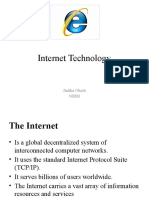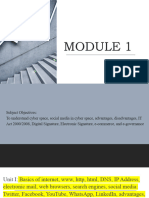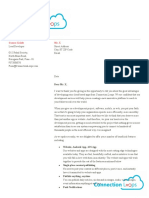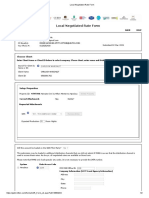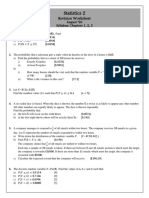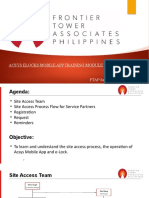0% found this document useful (0 votes)
21 views27 pagesCN Unit 5
The document provides an overview of the Application Layer of the OSI model, detailing its functions, protocols, and interactions with user applications. It also covers the World Wide Web, DNS, HTTP, FTP, and email systems, explaining their definitions, uses, and protocols. Additionally, it discusses data compression and cryptography, highlighting their importance in data management and security.
Uploaded by
by3338742Copyright
© © All Rights Reserved
We take content rights seriously. If you suspect this is your content, claim it here.
Available Formats
Download as PDF, TXT or read online on Scribd
0% found this document useful (0 votes)
21 views27 pagesCN Unit 5
The document provides an overview of the Application Layer of the OSI model, detailing its functions, protocols, and interactions with user applications. It also covers the World Wide Web, DNS, HTTP, FTP, and email systems, explaining their definitions, uses, and protocols. Additionally, it discusses data compression and cryptography, highlighting their importance in data management and security.
Uploaded by
by3338742Copyright
© © All Rights Reserved
We take content rights seriously. If you suspect this is your content, claim it here.
Available Formats
Download as PDF, TXT or read online on Scribd
/ 27







































